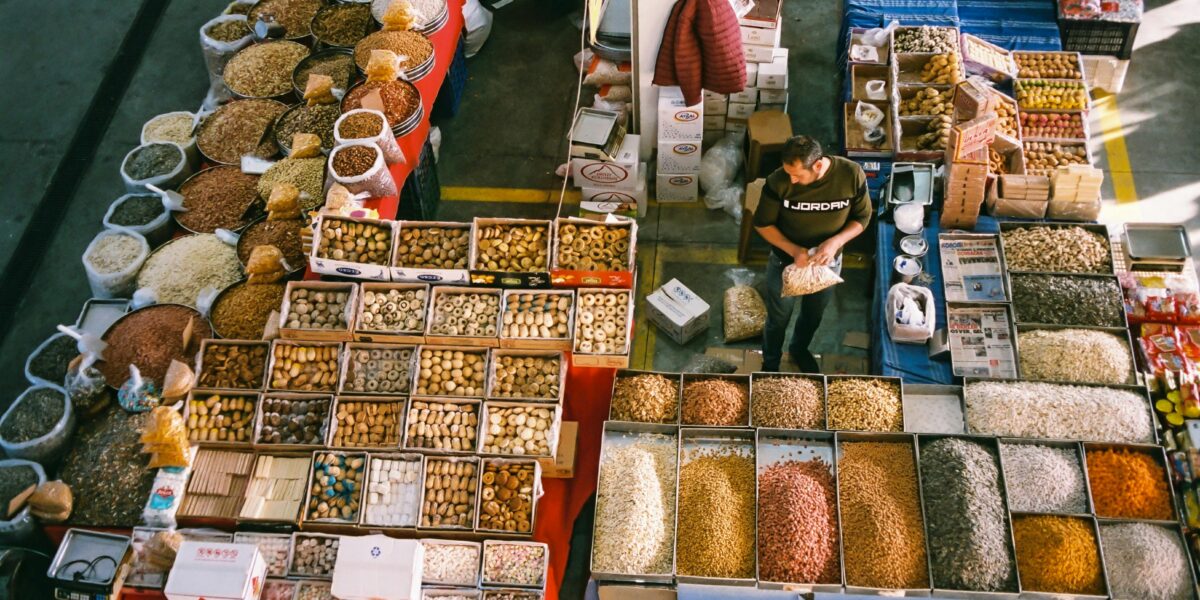While wars are often fought over land, power, or resources, food has been a silent peacemaker throughout history. Across civilizations, when leaders recognized the stabilizing power of food security, they defused tensions, prevented revolutions, and rebuilt nations. This article highlights 10 compelling times in history when food resolved peace and played a key role in shaping societies.
1. Ancient Egypt – Grain Distribution During Drought (circa 1800 BCE)
Context: Pharaohs stored surplus grain during times of plenty. During droughts and famines, releasing grain helped avoid rebellions.
Impact: Prevented mass starvation, strengthened centralized rule, and reinforced loyalty to the state.
👉 Read: National Geographic – Ancient Egypt and the Role of Food
2. The Roman Empire – The “Annona” Grain Dole (123 BCE)
Context: The Roman government provided free or subsidized grain to poor citizens through the Annona system.
Impact: Eased civil unrest and kept the urban population politically stable.
👉 Read: JSTOR Daily – How Rome Fed the Masses
3. The Marshall Plan – Post-WWII Europe (1948)
Context: The U.S. provided billions in food aid and agricultural support to rebuild Europe after WWII.
Impact: Prevented famine, restored stability, and helped curb the rise of communism in Western Europe.
👉 Read: US Department of State – The Marshall Plan
4. The Green Revolution – India and Pakistan (1960s–70s)
Context: The introduction of high-yield crops helped India and Pakistan increase food production dramatically.
Impact: Averted mass famine and reduced cross-border instability.
👉 Read: IFPRI – The Green Revolution’s Global Impact
5. China – Agricultural Reforms Post-Great Famine (1978)
Context: After the Great Leap Forward caused massive famine, Deng Xiaoping introduced market-driven reforms in agriculture.
Impact: Food supply surged, poverty dropped, and social stability improved.
👉 Read: World Bank – China’s Agricultural Transformation
6. USA – The New Deal Agricultural Adjustment Act (1933)
Context: During the Great Depression, food prices collapsed. The U.S. government paid farmers to reduce production.
Impact: Stabilized prices, helped rural recovery, and prevented a full social collapse.
👉 Read: Britannica – New Deal Agricultural Policy
7. Ethiopia – Productive Safety Net Programme (2005–present)
Context: Food-for-work and cash transfers helped vulnerable communities build resilience.
Impact: Reduced dependency on emergency food aid and improved community infrastructure.
👉 Read: World Bank – Ethiopia’s Safety Net Success
8. Rwanda – Post-Genocide Agricultural Reforms (2000s)
Context: Following the 1994 genocide, the government focused on rebuilding agriculture and food systems.
Impact: Boosted food security and contributed to national reconciliation.
👉 Read: FAO – Rwanda’s Agricultural Reforms
9. Nigeria – School Feeding Programme in the North (2016–present)
Context: To combat malnutrition and boost education, the government launched a national school feeding initiative.
Impact: Improved enrollment and community cooperation in conflict-prone regions.
👉 Read: UNICEF Nigeria – School Feeding Programme
10. Colombia – Peace Accord and Rural Food Investment (2016)
Context: As part of its peace deal with FARC rebels, the Colombian government invested in rural food infrastructure.
Impact: Food systems were key to building peace in former conflict zones.
👉 Read: FAO – Colombia’s Food Peace Strategy
Final Thoughts
Food isn’t just a necessity—it’s a political tool, a peacekeeper, and a foundation for progress. For African countries facing unrest or poverty, investing in sustainable food systems may be the most effective path toward long-term peace and stability.

